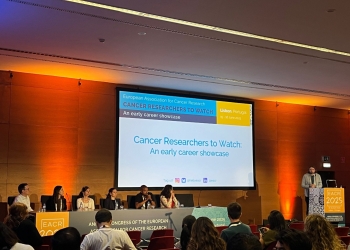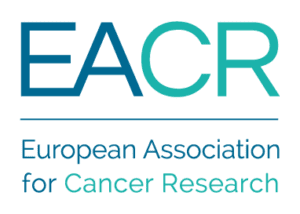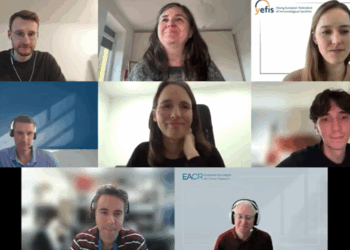The EACR’s ‘Highlights in Cancer Research’ is a regular summary of the most interesting and impactful recent papers in cancer research, curated by the Board of the European Association for Cancer Research (EACR).
The list below appears in no particular order, and the summary information has been provided by the authors unless otherwise indicated.
Use the dropdown menu or ‘Previous’ and ‘Next’ buttons to navigate the list.
doi: 10.1016/j.cell.2025.01.025.
 Summary of the findings
Summary of the findings
Cancer-associated thrombosis are a major cause of morbidity and mortality in patients with cancer, especially at the metastatic stage. Yet, prevention of thrombosis remains an unmet clinical need due to the bleeding risk associated with routine anti-coagulant therapies and the absence of biomarkers predictive of thrombosis risk.
In this paper, Lucotti et al. have identified the existence of a pro-thrombotic niche (PTN) unique to the lungs of both pre-clinical models and patients with various cancers, including pancreatic, lung, and breast cancer. The PTN is molecularly and immunologically distinct to the pre-metastatic niche. Activated interstitial macrophages that are reprogrammed by tumor-derived C-X-C motif chemokine 13 (CXCL13) are the central component of the lung PTN and release pro-thrombotic small extracellular vesicles (sEVs) enriched in integrin β2. Combining single sEV dSTORM microscopy, photocatalytic proximity labeling technology, and Single Molecule Force Spectroscopy, the authors found that integrin β2 is present in its activated and clustered conformation on the surface of PTN-derived sEVs and forms active heterodimers with its ax partner, which in turn allows interaction with platelet GPIb, leading to clot formation. Notably, Lucotti et al. demonstrate that β2 can be targeted therapeutically in pre-clinical models of cancer, leading to reduced thrombotic events and, surprisingly, decreased metastatic burden, while avoiding excessive bleeding. Moreover, the authors detected higher levels of plasma sEV-β2 in pancreatic cancer patients prior to a thrombotic event compared with patients with no history of thrombosis.
Together, these findings provide a rationale for the use of β2 blockade as a dual anti-thrombotic and anti-metastatic therapy for cancer patients. Moreover, they point to sEV-β2 as a potential biomarker for early identification of patients at an increased risk of thrombosis, enabling clinicians to prioritize timely anti-coagulant intervention and reduce the likelihood of life-threatening events.










